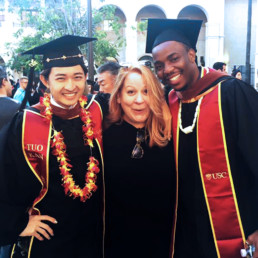PEDAGOGY

My teaching expertise has evolved over three decades of animation production, MFA research in painting, and pedagogical studies at Laguna College of Art + Design. I’ve honed my skills as an on-site USC professor and lead in video games, features, and commercials. Additionally, I’ve instructed at the Gnomon School of Visual Effects and have over a decade of online teaching experience with iAnimate. I’ve also engaged in mentoring and curriculum design roles within animation production and academia like BRASSARTS/France and CG Spectrum.
My teaching experience encompasses a broad spectrum:
- Fundamentals of animation
- CG character performance
- Creature and Game Animation
- Professionalism and career strategies
- Artist Development
- Animation theory
- Film criticism
- Animation history (traditional and digital)
- Senior film thesis development
- MFA programs, including critique seminars, production, studio, and professional practices.
In my teaching approach, I prioritize fostering a positive and engaging learning environment where students grasp the “how,” “what,” and “why” of their craft. I promote collaborative learning beyond conventional classroom settings by incorporating peer interaction, group activities, and mentorship opportunities. Through assignments, projects, discussions, and guest lectures, students gain a holistic understanding of the cultural significance of art and animation, equipping them to address contemporary issues and make meaningful contributions to the field.
I maintain high standards while accommodating individual learning styles and abilities. I believe clear communication of the course expectations and opportunities for revising assignments encourage students’ intrinsic motivation and creativity. Drawing from my diverse teaching background, I am dedicated to cultivating critical thinking and creative expression, empowering students to thrive as filmmakers and artists.
